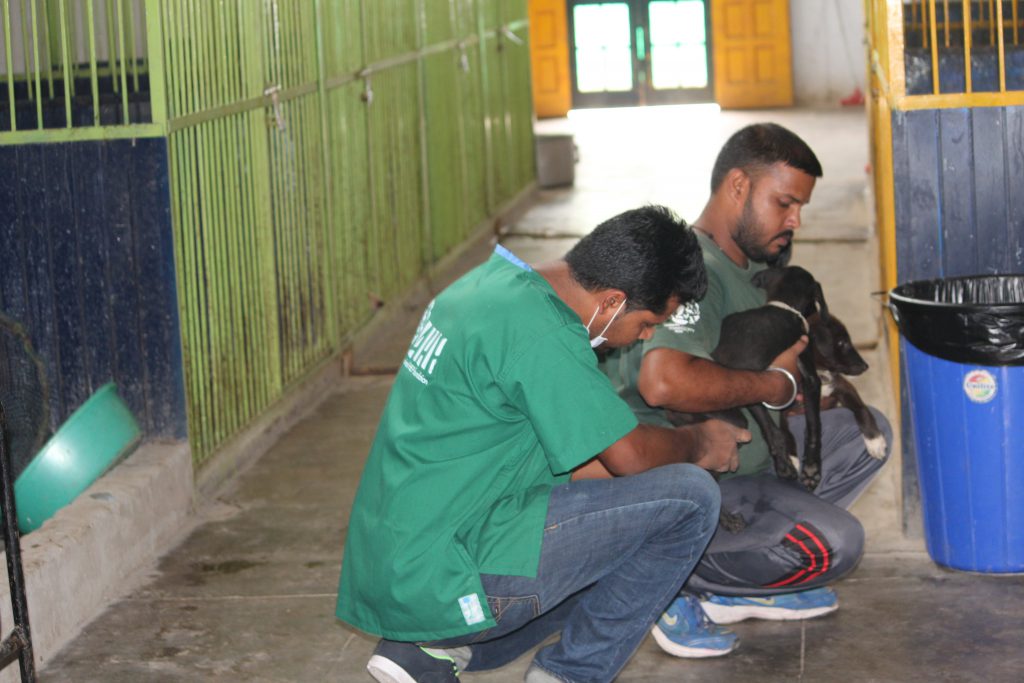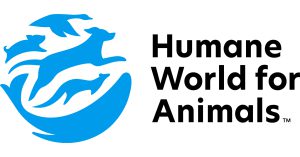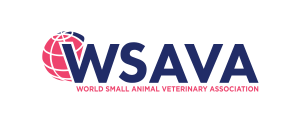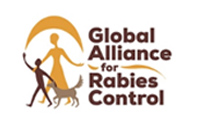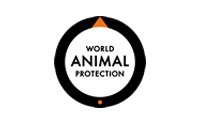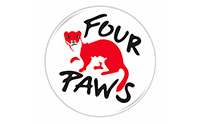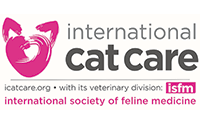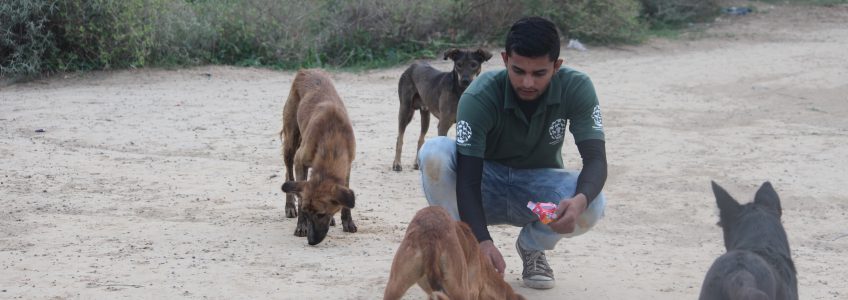
In 2009, Humane Society International entered into an agreement with the Royal Government of Bhutan to implement a nationwide CNVR program, in different phases, to replace their old inhumane methods of controlling the dog population.
Introduction
Bhutan has a large population of the free roaming dogs which congregate in packs creating human-dog conflicts and public health risks. The Bhutanese Government tried many inhumane methods to control the number of dogs and mitigate the conflict, including poisoning, translocating and impounding. HSI brought a humane CNVR alternative to Bhutan, partnering with the Department of Livestock, Royal Government of Bhutan in 2009. This including training of all in country veterinarians in high quality sterilisation methods (see case study), a dog registry and a restructuring of the veterinary facilities (e.g. introduction of sterile methods) and veterinary service accessibility across the country.
CNVR implemented nationally (Sterilised a total of 84,780 dogs)
The CNVR program was implemented in the capital Thimphu City as a pilot program in February 2009 for four months, during which 2846 dogs were sterilised and vaccinated.
Phase 1 (September 2009 to June 2012) was implemented across the country prioritising major cities and places which are important for the tourism industry. During the first phase of the program a total of 34,141 dogs were sterilised and vaccinated across the country. To achieve this, three teams worked in different parts of the country equipped with dog catching vehicles and all the necessary equipment.
Phase 2 (July 2012 to June 2015) was launched to continue the national sterilisation efforts and during this phase a total of 24,006 dogs were sterilised and vaccinated against rabies.
Phase 3 (July 2015 to June 2018) included the sterilisation of 26,583 dogs by the government veterinary officer of district veterinary hospitals all over the country.
Sustainability
Since July 2018 (after completion of the 3rd phase), the Department of Livestock, RGOB continued sterilisation efforts in the 20 district veterinary hospitals using their own local resources. Each district veterinary hospital has a different approach for ongoing sterilisation efforts. For example, Paro district veterinary hospital organises a sterilisation camp for a few days every month to maintain high rate of sterilisation whilst Thimphu Veterinary hospital and Municipal corporation organise a full month sterilisation camp annually. Since local capacity has been built up within the country, and they have annual targets to achieve, this sterilisation effort is being sustained.
Monitoring and Evaluation
In June 2015 (at the end of the 2nd Phase), a national dog population survey was conducted to evaluate the program coverage and to establish a monitoring system for the free roaming dog density. Bhutan had an average sterilisation coverage of 64.1% in urban areas and 44.7% in rural areas. In July 2018 (at the end of 3rd Phase), another monitoring survey and a KAP (Knowledge, attitude and Practices) survey was conducted in selected cities and rural areas. Very high sterilisation rates were recorded in the two main cities of the country (Thimphu 70.9 % and Paro 79.9 %) whereas the average national sterilisation coverage for urban area was 65.8 % and 52.6 % sterilisation coverage in rural areas. Since 2016, HSI’s programs include multiple surveys to assess the various dog sub-populations, so a KAP survey was included in the 2018 monitoring survey. The KAP survey revealed that dog ownership patterns are varied and abandonment common in Bhutan. These results are crucial for the next phase because, despite high levels of sterilisation, the decrease in density was not as expected and the private dog population appears to have functioned as a source of street dogs. This and other results from exploratory research will be addressed in the next phase of the program with an extensive community engagement, legislation for pet dog sterilisation and veterinary access campaign.
